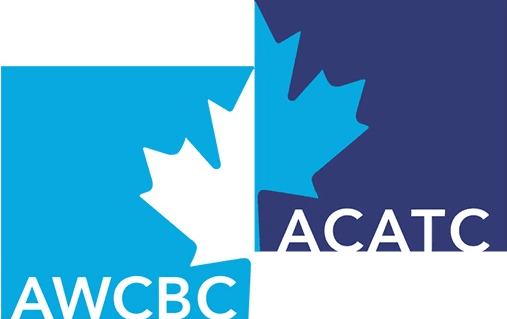Canada’s workers’ compensation systems are facing a pivotal moment in 2025, as rising medical costs and wage growth begin to reshape the financial dynamics for employers, boards, and injured workers alike. While stability remains the watchword in many provinces, the long-term outlook hinges on strategic action to balance growing claim costs with sustainable funding and benefit adequacy.
A System Under Pressure – But Holding Strong
Most workers’ compensation boards (WCBs) entered 2025 with strong financial foundations. Thanks to years of investment gains and reserve building, boards in regions such as Yukon (142% funded) and Newfoundland and Labrador (121%) have been able to offer rebates or premium discounts. These surpluses have so far shielded employers and workers from the full brunt of inflation-driven costs.
However, there’s growing concern over long-term sustainability. Rising medical service fees, increased wage replacement payouts, and administrative expenses are driving up claims costs across the board. Saskatchewan’s WCB identifies these as “key cost drivers,” while Nova Scotia, despite charging Canada’s highest average employer premiums, remains underfunded at 93%.
Employer Premiums: Stability Today, Uncertainty Tomorrow
Despite inflation, most provinces have avoided premium hikes in 2025. Ontario cut its average rate to $1.25—the lowest in over 50 years—while Yukon, British Columbia, and Saskatchewan maintained stable rates. These decisions have been enabled by strong fiscal positions and strategic use of reserve funds.
But not all jurisdictions are unscathed. Alberta saw a modest 3.7% increase, raising its average premium to $1.41, though still below the actual cost of claims thanks to a $95 million subsidy. Meanwhile, Nova Scotia’s employers continue to pay the highest rates at $2.65 per $100 payroll, reflecting both high injury costs and an effort to tackle historical funding gaps.
Key Insight: The current premium stability masks underlying cost pressures that may trigger future increases unless offset by injury prevention and cost management efforts.
Impacts on Worker Benefits: Protecting Value Amid Cost Growth
For injured workers, 2025 has brought modest but vital benefit improvements. Many jurisdictions raised maximum assessable earnings in line with wage growth—PEI to $82,900 and Yukon to $104,975—ensuring higher earners maintain full coverage. Cost-of-living adjustments have also been implemented, with Ontario applying a 2.6% increase and British Columbia 2.02%.
However, disparities persist. Nova Scotia’s benefits index at only 50% of inflation, and wage replacement levels lag behind national norms. These shortcomings have led to “significant financial hardship” and are the focus of reform recommendations in a 2024 review.
Medical care costs have also soared—projected at 7.4% growth for 2025—yet boards continue to maintain or expand services. PEI, for instance, introduced new benefits for psychological injuries. Investments in early intervention and return-to-work programs are helping reduce long-term disability durations and costs.
Policy Responses: Strategic Reforms and Stakeholder Engagement
Workers’ compensation boards are employing a multi-pronged strategy to manage rising costs:
- Use of Reserves: Alberta and Newfoundland continue to draw on investment-backed reserves to cushion rate impacts.
- Investment Optimization: Saskatchewan restructured its investment approach in 2024 to yield better long-term returns.
- Injury Prevention Focus: Provinces are ramping up prevention campaigns—Saskatchewan reports 90% of employers had zero injuries in 2023.
- Modernizing Benefits: Boards are reassessing coverage to reflect changing work environments and health needs, particularly around mental health.
- Stakeholder Dialogue: Transparent consultations and annual reviews ensure policy shifts are communicated and collaboratively refined.
Looking Ahead: Balancing Stability, Adequacy, and Affordability
The key challenge for Canada’s workers’ compensation systems will be sustaining a delicate balance: protecting workers' benefits while avoiding unsustainable cost burdens for employers. The current stability is the result of past prudence—but future resilience will depend on forward-looking reforms.
Final Thought: Canada’s compensation system is still strong in 2025, but the inflationary tide is rising. Through collaborative prevention efforts, careful financial planning, and benefits modernization, boards aim to uphold the historic promise: fair protection for all workers and employers, regardless of tomorrow’s economic challenges.
Download the full report here.

